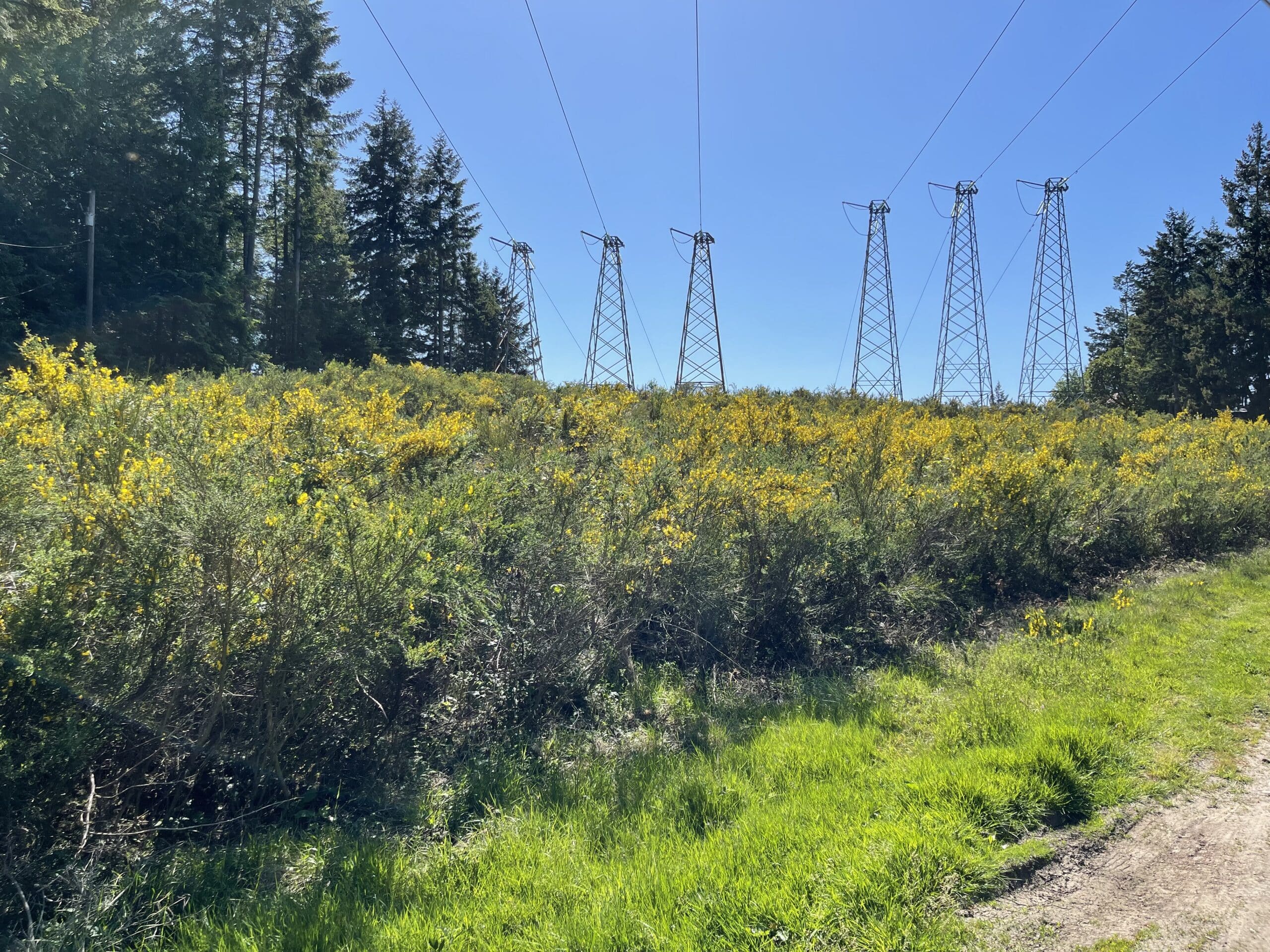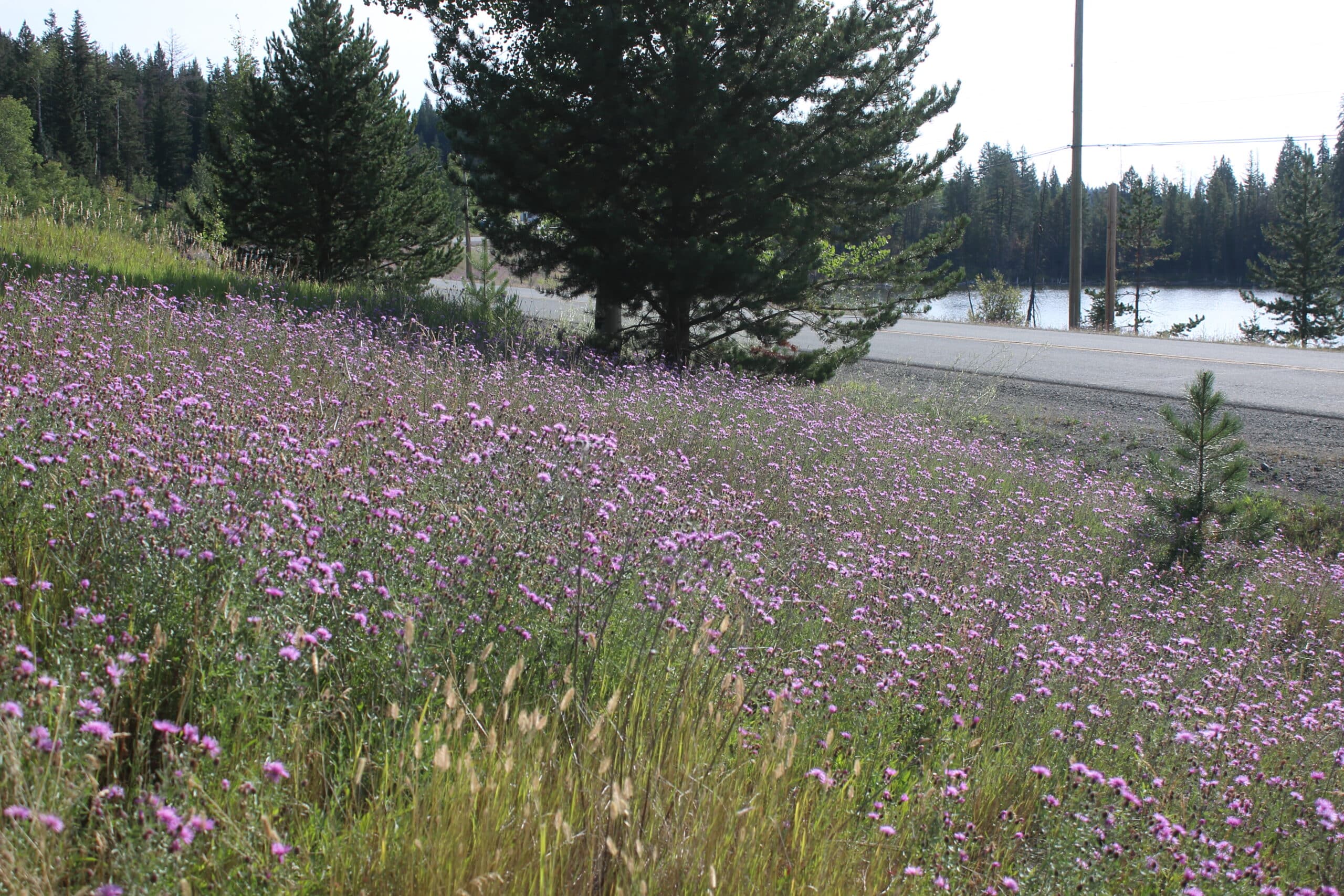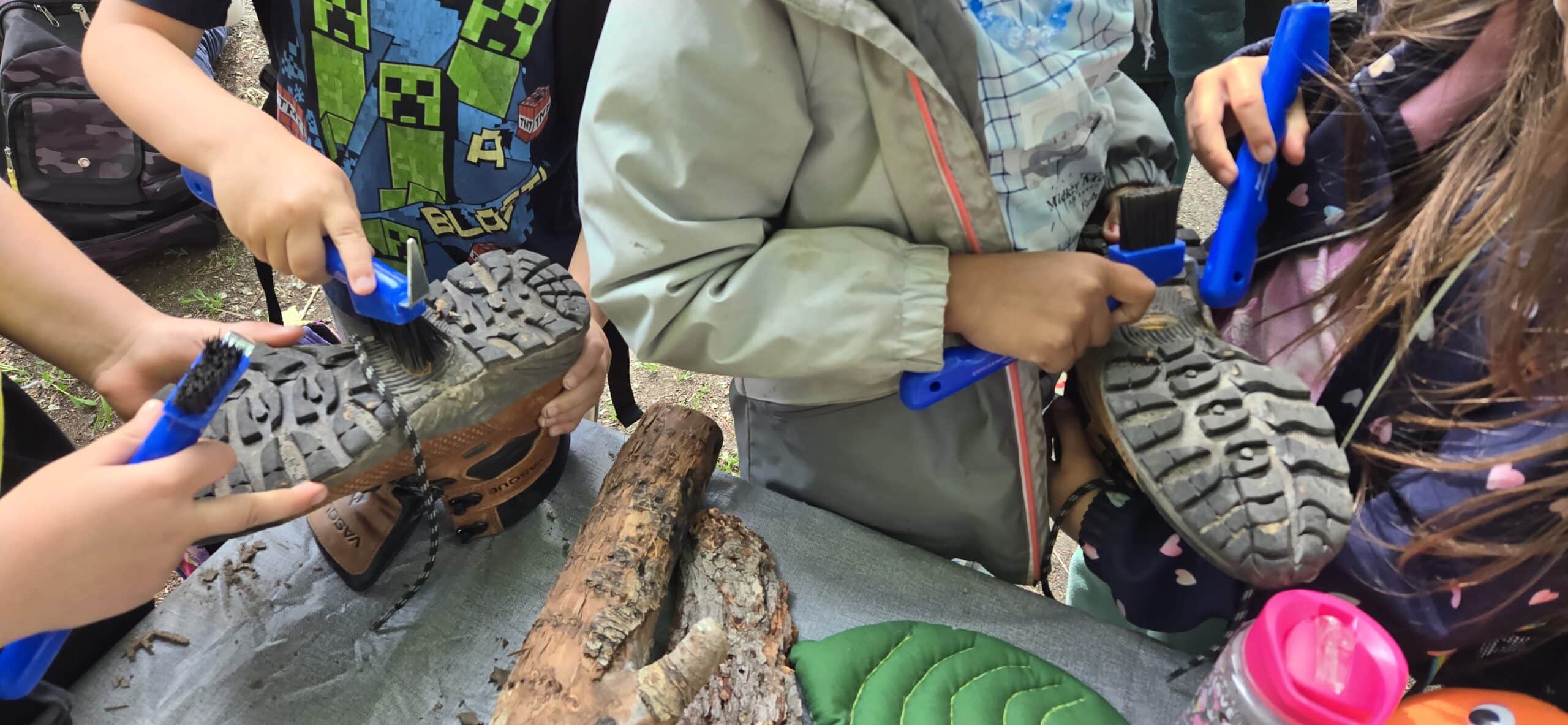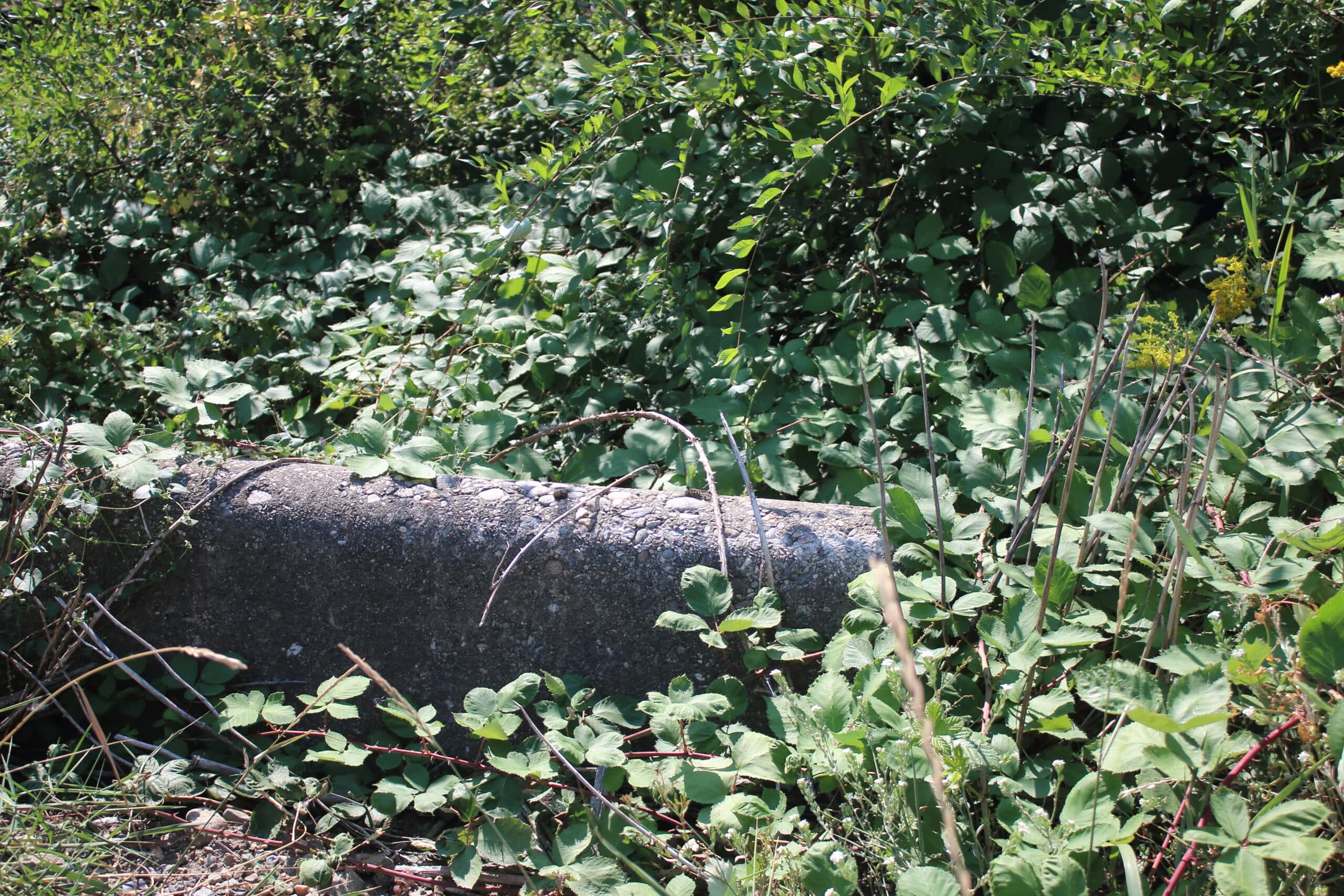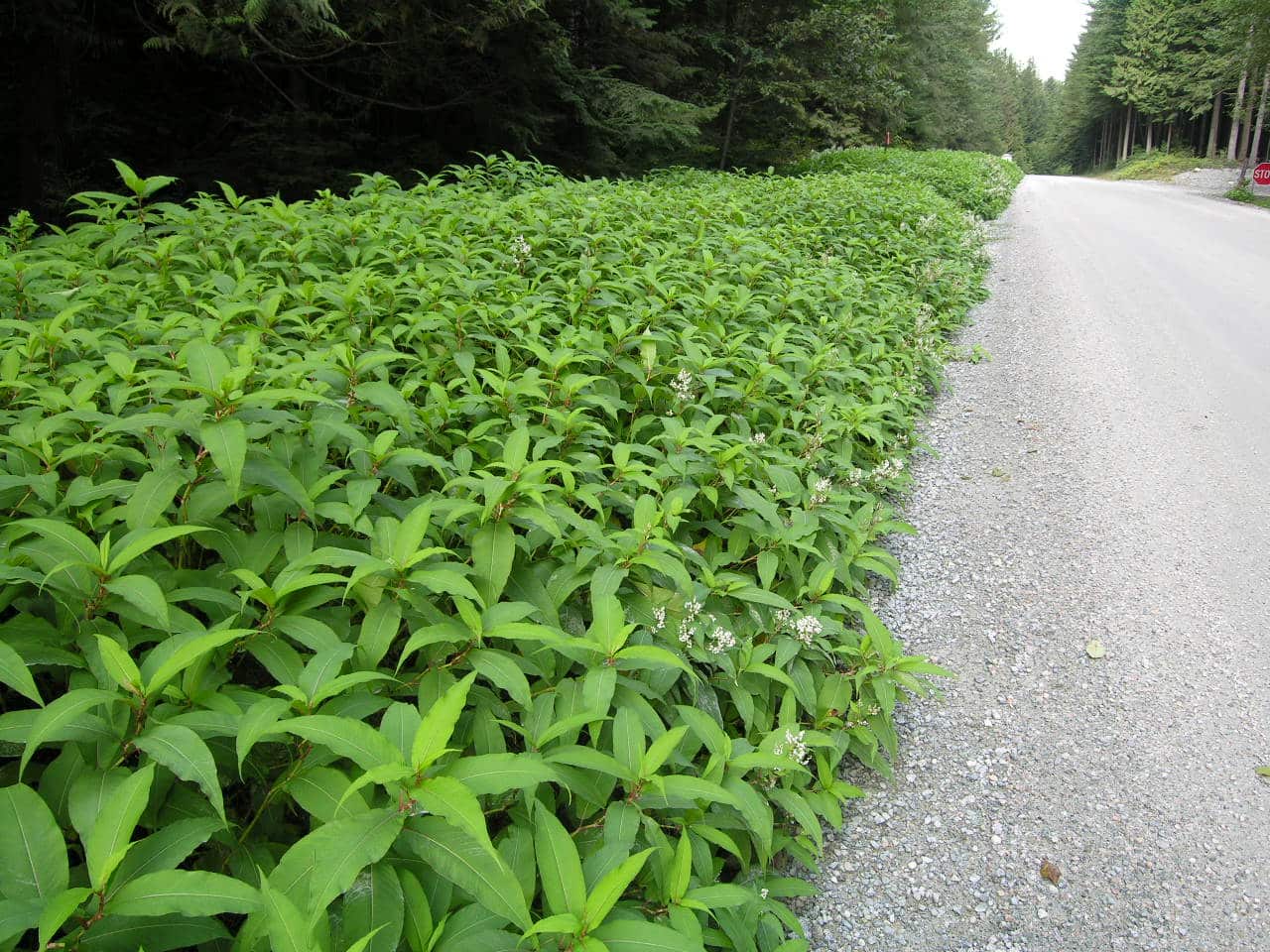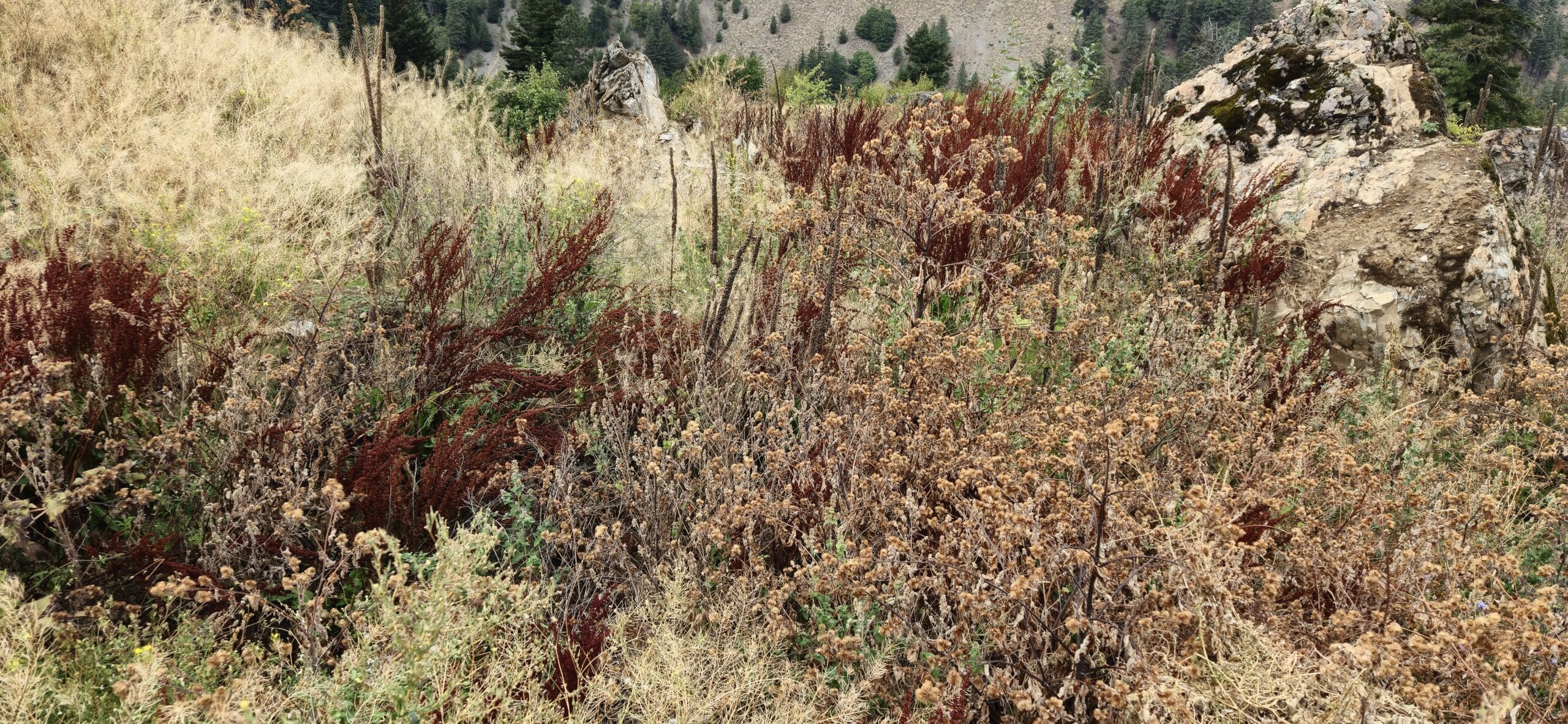By Lisa Houle | May 13, 2024
After taking the time to identify and learn about different invasive species, the next step is reporting what you see around you. The information you share may uncover a new threat, and all information helps the scientific community identify and manage invasive species.
One of the tools we use for reporting is iNaturalist. There is a community of iNaturalist users contributing their findings in this app, helping each other with identification and confirmation of species. Reporting findings is a key part of invasive species awareness.
Megan Blackmore, ISCBC’s Learning Coordinator, is a Master Gardener and avid iNaturalist contributor. She started collecting her findings in 2021 and has since amassed 5,738 observations. That’s a lot of data for the scientific community to use.
“It’s so important that people take the time to contribute their findings. Reporting does make a difference. You never know what you may accidentally uncover,” she said.
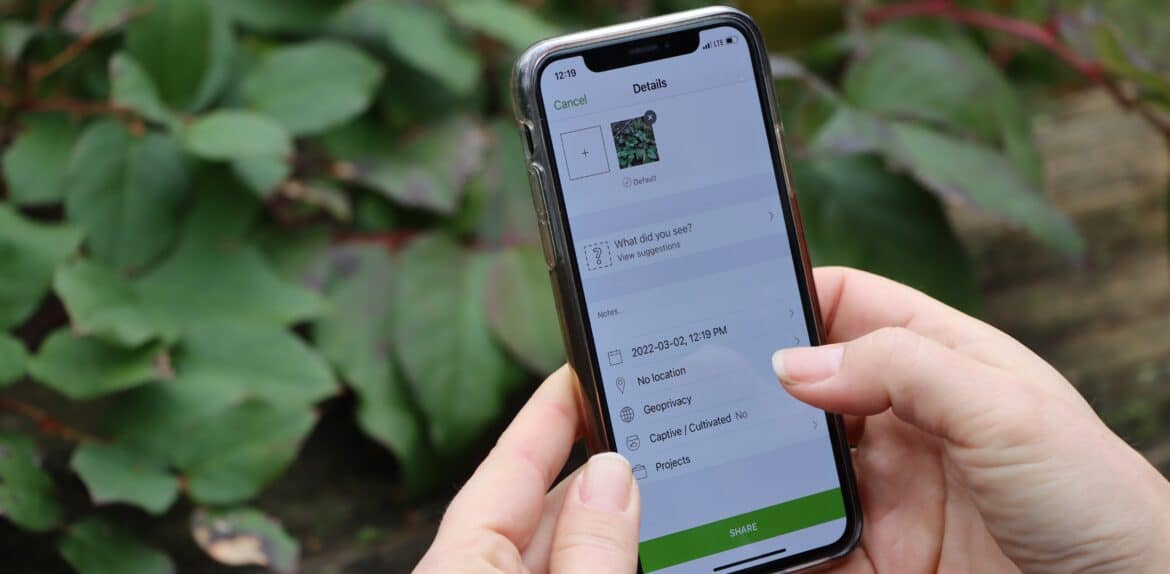
The invasive box tree moth, for example, was discovered in Canada by an iNaturalist user from Ontario who entered their findings in 2018. This was the first confirmed report of box tree moth in North America, leading the Canadian Food Inspection Agency to create a monitoring program across Canada for this invasive moth.
The first North American record of elm zigzag sawfly was discovered by an iNaturalist user from Quebec in 2020. The Canadian Food Inspection Agency made a positive confirmation of this invasive species, the first record of elm zigzag sawfly in North America. By September of that year, iNaturalist had amassed more than 50 million records of wild biodiversity around the world.
A community in B.C. was mobilized in 2024 after the discovery of goldfish in a local stormwater pond. The City of Campbell River launched the campaign ‘Not for the Wild’, urging pet owners to contain or responsibly dispose of any species that could be invasive.
“When you’re out and about and you see something you’re not quite sure of, report it on iNaturalist. It might be nothing or it could be a new detection of an invasive species,” said Nick Wong, Science and Research Manager at ISCBC. “A single report can make the difference between finding a species that can be caught and dealt with early versus a species that goes undetected and creates an established infestation. It’s always easier to deal with an invasive species in its initial stages.”
In addition to reporting on iNaturalist, or on ISCBC’s webpage, for example, you can also report your invasive species findings directly to the BC government.
What’s the big deal anyways? Every invasive species has the potential to make a big negative impact, and some are capable of significant environmental harm. If you see an invasive species, take action and report it. Need some help getting set up? Take this free 15-minute eLearning course anytime on how to use iNaturalist.
Every year the Province of BC proclaims May ‘Invasive Species Action Month’ (ISAM), recognizing the impact of invasive species on B.C.’s environment, economy, society, and human health. Over the coming weeks, we hope you’ll join us on an engaging and informative journey to learn how to identify, report, and manage invasive species, and get to know some of the easy ways we can all prevent their spread.
Free Webinar! Don’t miss Dr. Brian Heise, Professor from Thompson Rivers University, who presents ‘Of fish tanks and tackle boxes: invasive goldfish and smallmouth bass in B.C.’ on Tues, May 14th from 12:00-1:00 pm PT: Register!
Lisa is a Communications and Outreach Coordinator at ISCBC. She values a diverse environment and connecting with others about environmental protection. In her spare time Lisa enjoys spending time at the ocean and beach combing for sea glass. You can reach Lisa at lhoule@bcinvasives.ca
Share







